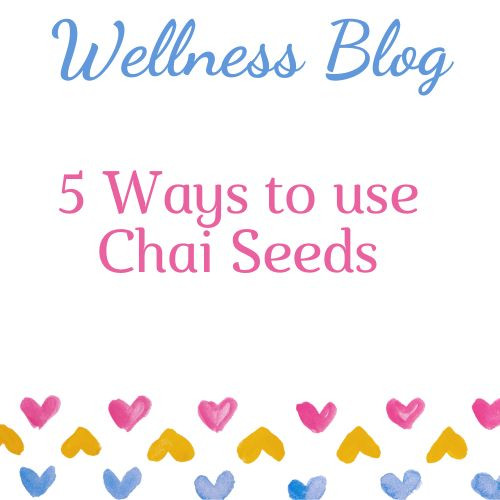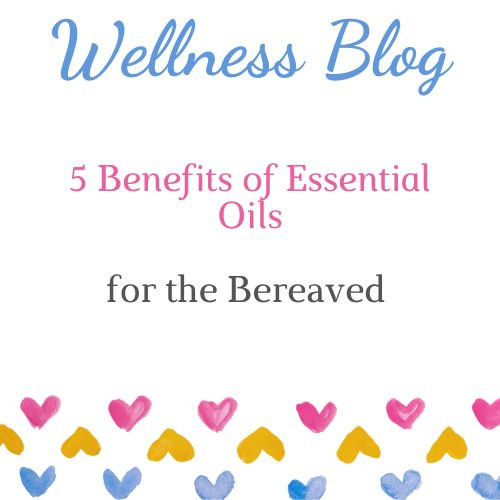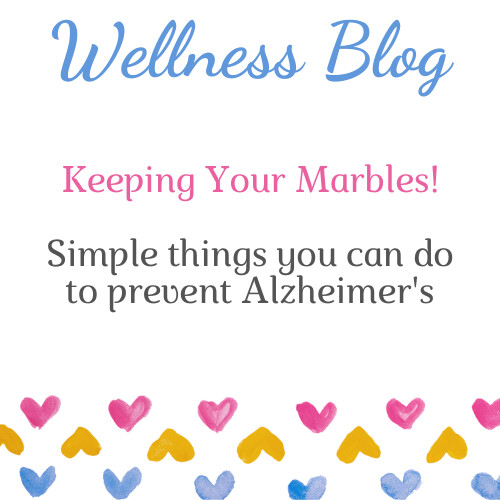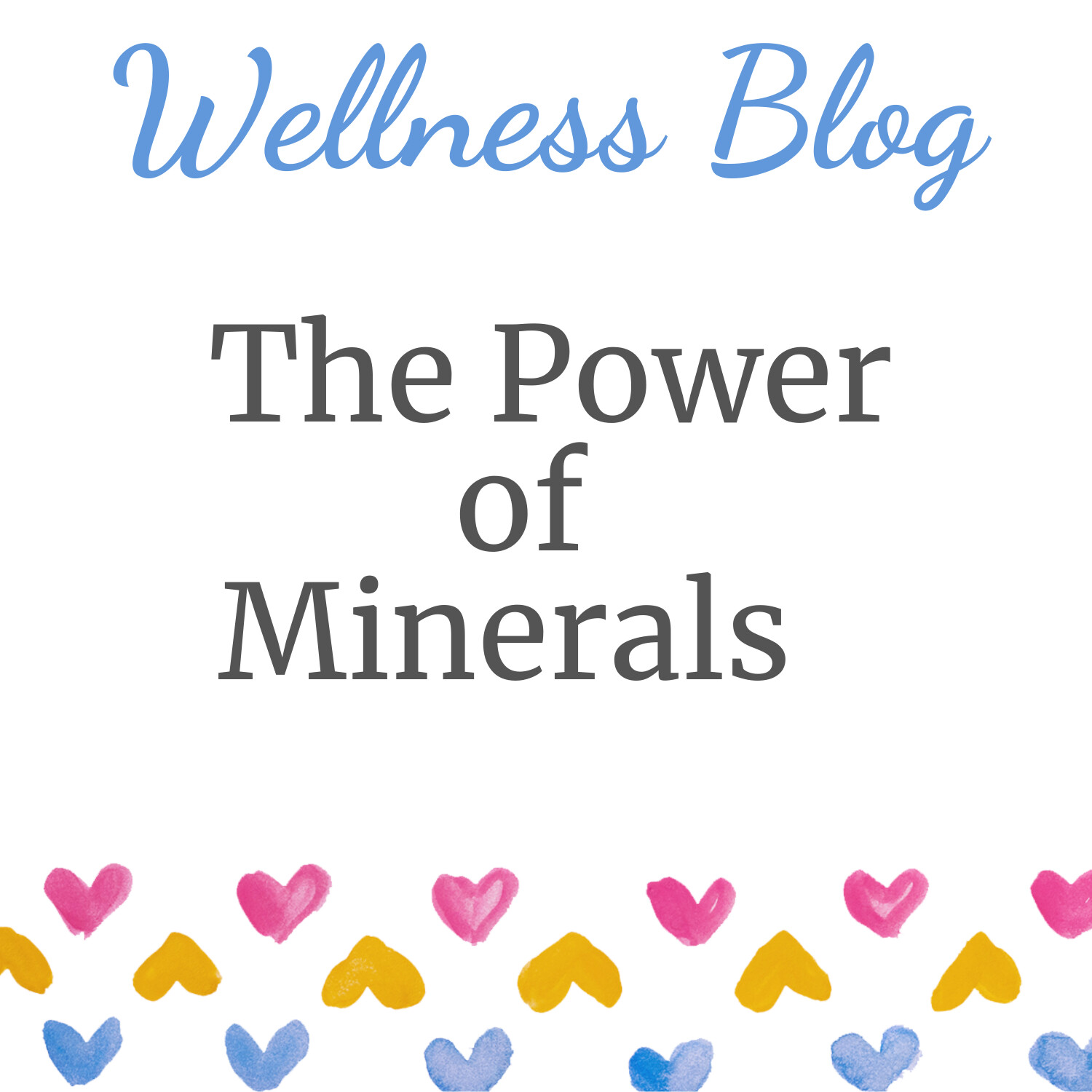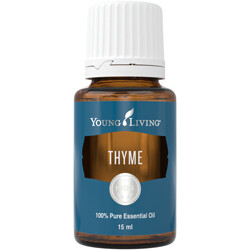
References:
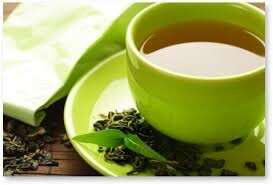
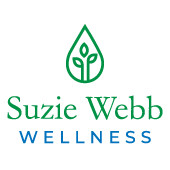
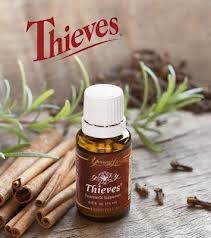



At the Young Living European Convention in Brussels last September, there were lots of new products launched for the European market, and one of them was IlluminEyes - which was created with the health of your eyes in mind.
Here is a short (under 2 minutes!) video I made for my IGTV channel for you to hear all about it!
Vitamin A in IlluminEyes contributes to maintain your normal vision (and normal skin).
Formulated with lutein and zeaxanthin, and without synthetic ingredients you just need to take one vegetarian-friendly capsule per day.
This supplement also contains vitamin C to help contribute to the normal function of the immune system, and vitamin E to contribute to the protection of cells from oxidative stress.
As a nutrition consultant a question I'm often asked is:
'do we really need to take supplements or can we get sufficient vitamins & minerals from the food we eat'?
Well the simple short answer is that yes, we should be able to get all we need from the food we eat however, without going into a long complicated answer - we unfortunately cannot get all the nutrients we from our food - for many reasons one being that exported fruit/vegetables are picked before they are ripe and the fruit/vegetables haven't fully developed their vitamins and minerals.
When they are artificially ripened (sometimes weeks later!) they contain a fraction of the nutrients that they should contain had they been able to fully develop naturally on the tree/plant.
- Carrots, kale, spinach, and collard greens (vitamin A and lutein)
- Liver (vitamin A), including cod liver oil.
- Swiss chard, zucchini, and brussel sprouts (lutein)
- Sweet potatoes and butter (vitamin A)
So the big question is, do you eat tons of the above foods for the health of your eyes and skin, and just for the best that they contain the all important nutrients, or do you simple take 1 x IlluminEyes supplement a day! I know what I am doing!
Please do not hesitate to contact me if you have any questions on nutrition or supplements.
Suzie Webb


 On Saturday 10th August, 2019 Jersey, Channel Islands, hosted a Young Living day and the theme was The Young Living Foundation.
On Saturday 10th August, 2019 Jersey, Channel Islands, hosted a Young Living day and the theme was The Young Living Foundation. 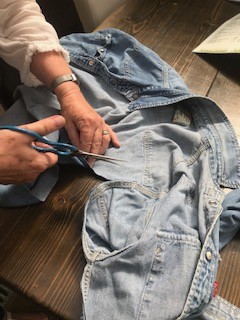 We got off to a slow start, but soon got into the swing of things. Each pair of shoes needed 4 toe pieces, 4 back pieces, 2 heel pieces in denim and 2 heel pieces in strong plastic. Chris Boudier cut the plastic pieces for us, Margaret cut the jackets and jeans into usable pieces, without seams or pockets, whilst the rest of us cut out the pieces from the pattern.
We got off to a slow start, but soon got into the swing of things. Each pair of shoes needed 4 toe pieces, 4 back pieces, 2 heel pieces in denim and 2 heel pieces in strong plastic. Chris Boudier cut the plastic pieces for us, Margaret cut the jackets and jeans into usable pieces, without seams or pockets, whilst the rest of us cut out the pieces from the pattern. 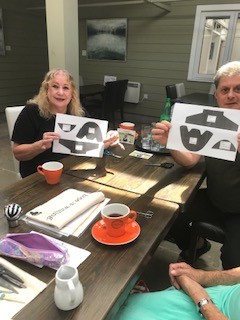 We made 10 pairs of shoes - toddler size.
We made 10 pairs of shoes - toddler size. 
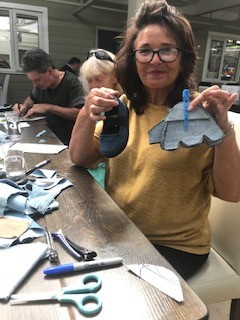
 Yes! a Bath Salts event in a Tepee! what fun!
Yes! a Bath Salts event in a Tepee! what fun!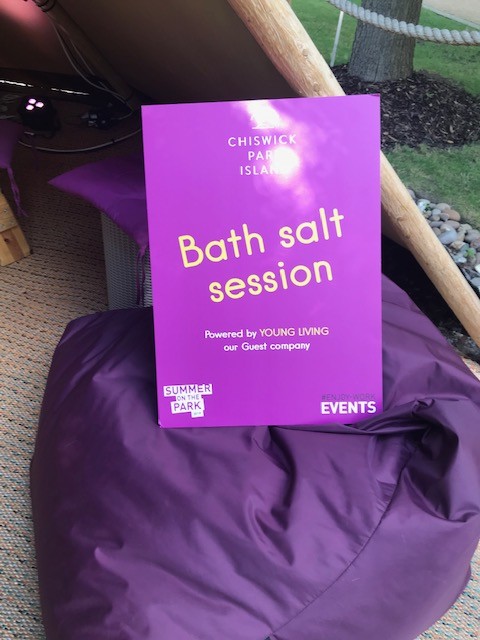 Our first objective was to make a bath salt blend to nourish body mind and spirit after a long hard day at the office, school or just whenever you need to totally relax and unwind.
Our first objective was to make a bath salt blend to nourish body mind and spirit after a long hard day at the office, school or just whenever you need to totally relax and unwind. 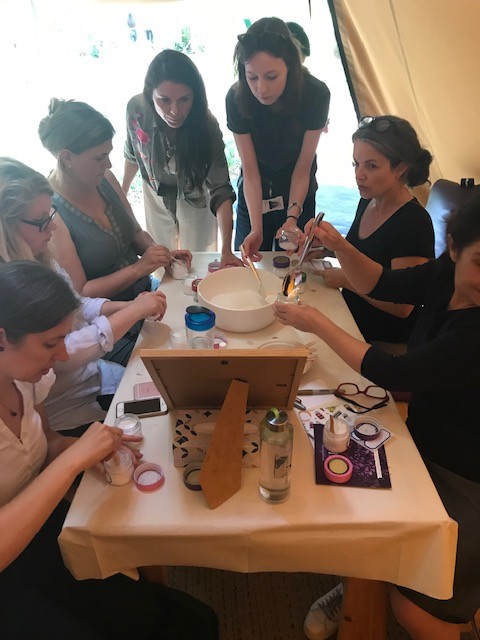
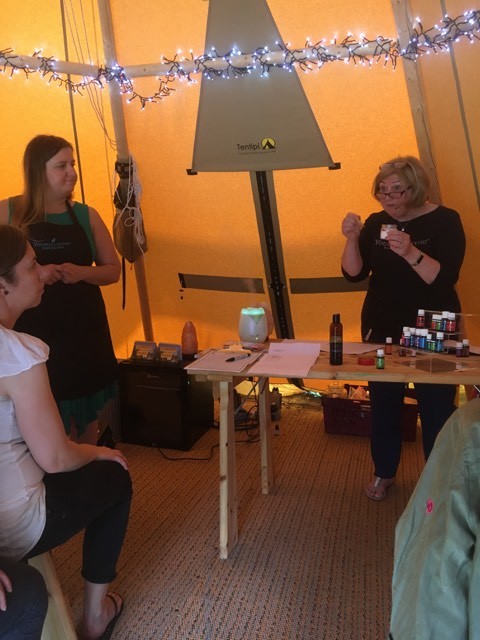


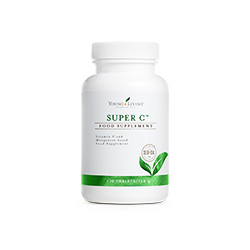

So, what's the difference between RDA's and NRVs then? None they are exactly the same! (so why change the name I ask myself!)
- Vitamin C is required for the synthesis of collagen - the inter-cellular glue that keeps skin, lungs, arteries, the digestive tract and all organs intact.
- Vitamin C supports our immune system.
- Vitamin C supports our cardiovascular system.
- It is a potent antioxidant protecting against free radicals, pollution, carcinogens, heavy metals, and other toxins.
- It is strongly anti-viral and mildly anti-bacterial.
- Energy cannot be made in any cell, brain or muscle without adequate vitamin C.
- The adrenal glands have a high concentration of vitamin C, which is essential for stress hormone synthesis.
- Vitamin C is so central in so many chemical reactions in the body that, without it, life is simply not possible.
- For reinforcing immune strength, take 2 tablets daily.
- For maintenance, take 1 tablet daily.
- For 'optimal dose' take up to bowel tolerance. This means when your bowel movements are soft, but not too soft. I would take an 'optimal dose' if you are recovering from an illness or before surgery, and I would recommend you just do an 'optimal dose' a couple of times a year as a top up. Otherwise as above for maintenance or for reinforcing immune strength.
- Best if taken before meals.
Free of common allergens. No artificial colours, flavors, preservatives, salt, sugar, starch, corn, wheat, yeast, or soy products.

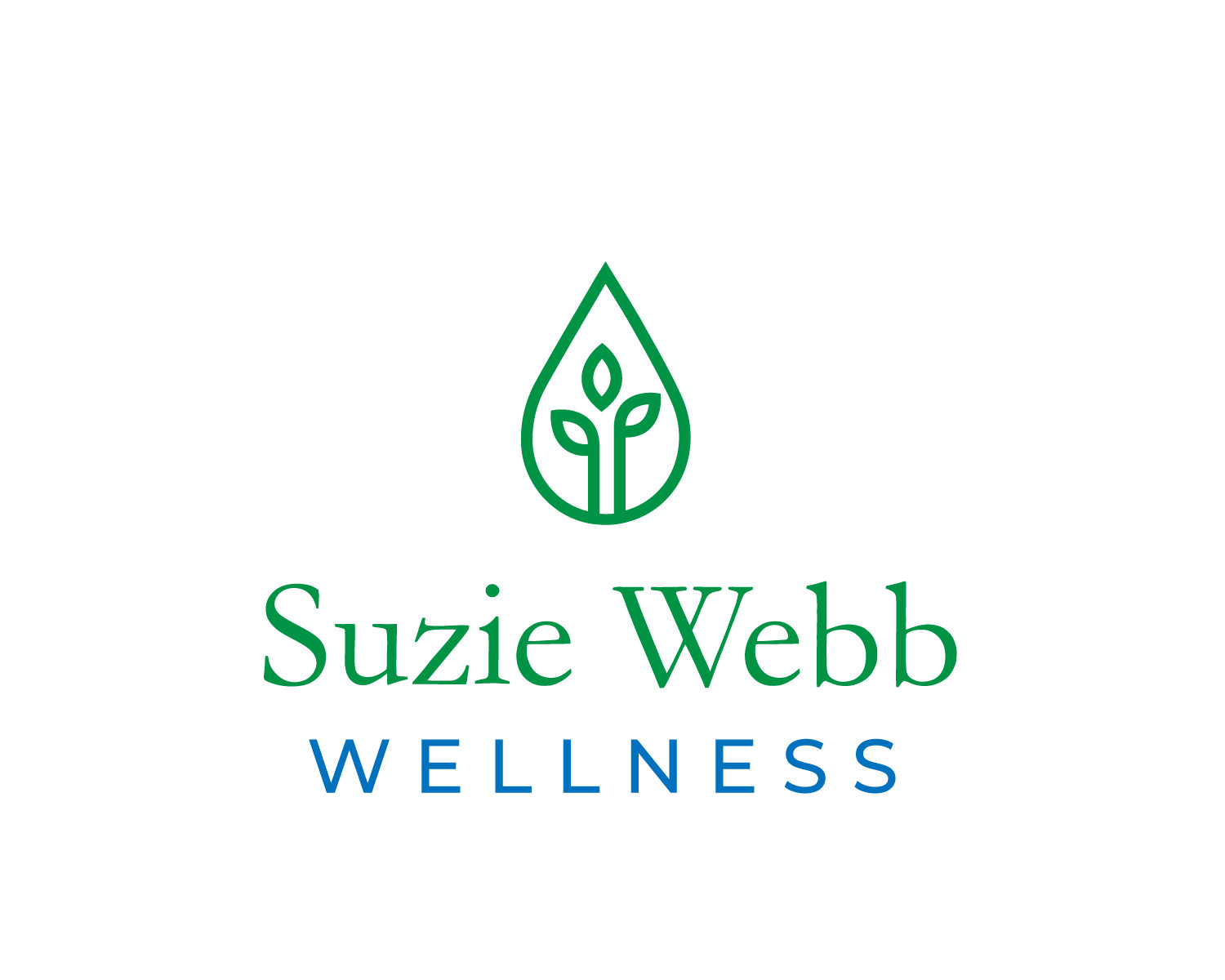

Cannabinoids & the Endocannabinoid System
What are Cannabinoids?
Endocannabinoids and the Endocannabinoid System (ECS)
Cannabinoids in the Hemp Plant


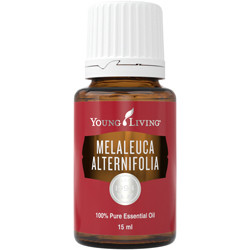
- Use as a spot treatment by placing a drop on the end of a cotton swab and dabbing lightly onto targeted areas of the face.
- Add 1–2 drops to your daily application of shampoo to nourish your scalp. Lather shampoo into hair and scalp, let sit a few minutes while enjoying its cool, tingly sensation, and then rinse
- Add a few drops of this essential oil to a DIY face mask or use it during a stress reducing facial massage.
- Add 4–5 drops to a water bottle with 2 ounces of water. Spritz lightly over skin for a refreshing, revitalising effect.
- Add 5 drops into 10 mls. of carrier oil, such as V6 Enhanced Vegetable Oil Complex, or some good quality jojoba and incorporate into a relaxing massage at the end of the day.

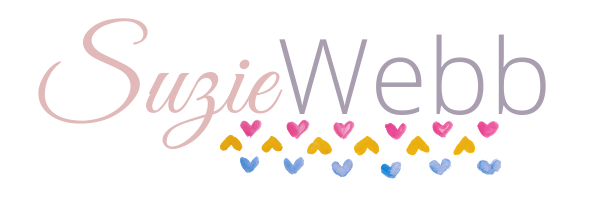

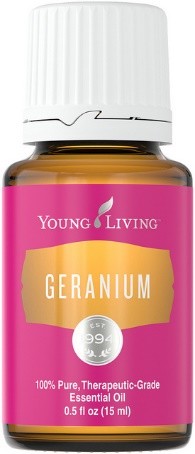
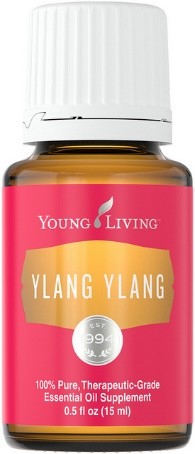
 Welcome to my Blog! I'm Suzie Webb you can read more about me
Welcome to my Blog! I'm Suzie Webb you can read more about me 